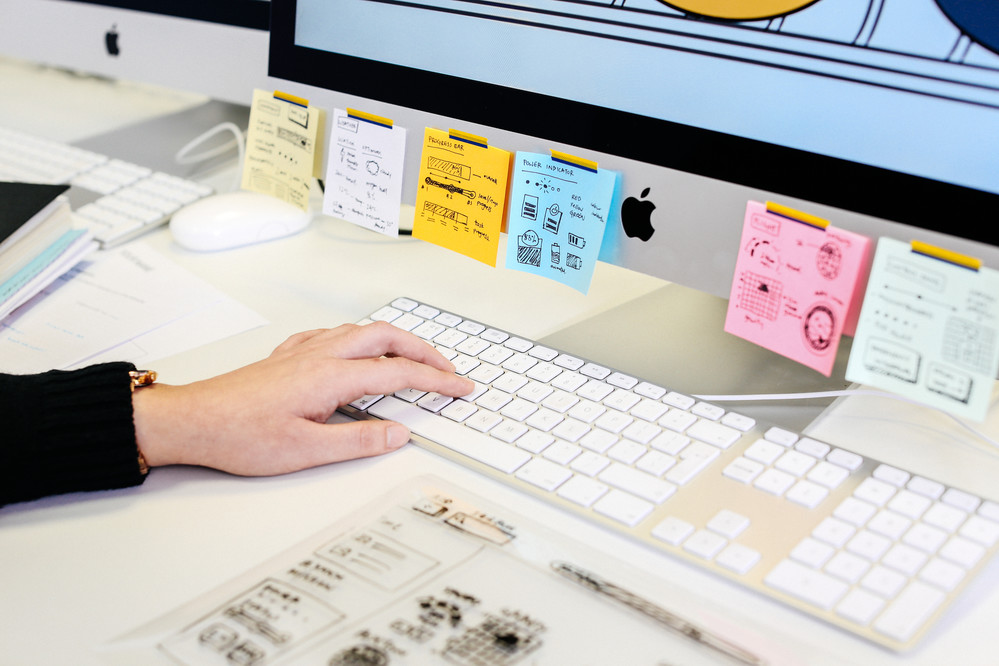An interview on the impact of creativity in the workplace.
In this interview, Richard Sant, Head of Careers and Employability at UAL, explores how managers with a creative background draw on their creativity at work outside of the Creative and Cultural Industries.
In my role at UAL, I am very interested in creativity as an employability skill. This spring I have been working with global talent search consultancy Sheffield Haworth to explore creativity outside of the creative and cultural sector. To discuss this topic, I spoke with three arts graduates who are now all working in management roles:
Yosiko Nagatake. Yosiko studied BA Graphic Design at UAL’s Central Saint Martins (CSM) and is now CMO of consulting firm Qualia inc.
Basil Nkomo. Basil studied Graphic Media Design for Advertising at UAL’s London College of Communication (LCC) and is currently working as the Digital Lead for Tideway, a major infrastructure construction company.
Boaz Torfstein. Boaz studied Fine Art at CSM; he is now Manager at MY Fab. MY Fab specialises in creating and delivering innovative offsite construction.
To begin with, I wanted to find out more about how our managers are making use of their creative skills at work. As we talked, several compelling themes began to emerge.
Futurizing
Yosiko, who is now also studying for an EMBA, feels that traditional business tools, and R&D, only help you to investigate the near future. Beyond that, you need to draw on techniques from art and design in order to explore the unknown. Yosiko suggests that when you look beyond about five years you have to rely on your imagination skills. The experience is closer to dreaming, or maybe more like writing a novel, than any traditional business approach.
Questioning everything
Anyone who has been to art school will understand the importance of the ‘crit’. This is the moment when you get to share your ideas with the group and receive critical feedback. Basil remembers clearly when he learned that feedback must be delivered in the form of two positives and one negative. For him, this has been invaluable in building a practice of appreciative enquiry in his current role. Boaz adds that often people talk about creativity as if it’s just one thing, but in reality, there isn’t a single definition. In fact, creativity can be seen as a wide set of skills that break traditional thought patterns. Yosiko sums it up: you have to question everything!
Visual communication
Perhaps this is the most obvious or expected way that creativity is used in the workplace. Boaz, who trained in drawing, explains that drawing is simply a communication tool. For him, it is also a metaphor. He asks clients whether the path they are on is following an existing line, or would it be better to draw themselves a new path. In drawing to notice what you don’t draw is often as important and what you do draw. This is just as true in business.
Basil on the other hand talks about using his training in graphics within his business communication. When you write an email you are using typography, tone, font, and voice to communicate. This is true for writing proposals too and making the all-important persuasive business case.

Spotting patterns and trends
As a leader or manager, we see patterns, or trends, all the time, Basil gives the example of the construction industry where the ability to see patterns means that you can prevent accidents before they arise. Visual training in pattern making can help save lives.
And what impact does all this creativity have?
I wanted to explore whether any of the managers could give examples of how their creative approaches have positively impacted on the bottom line. This proved to be a hard question, and probably needs a management consultant armed with some statistical analytical tools to solve. However, everyone was adamant that they could point to how they have created transformative change.
Yosiko works at the level of mindset change with her clients. Not everyone is motivated, but creative approaches enable teams to become more motivated. A motivated team is more productive, and team members feel more valued.
Boaz’s answer to this question looks more at the transformation of processes. He gives the example that currently his creativity is channelled into the question of how the ergonomic power of a factory can be harnessed, but without the repetition that this usually involves. But it was Basil who really managed to land how the creative process saves money. He explained that a creative brief in art school is constrained by three things, time, quality and money. As a project manager, he is doing exactly the same thing..and thereby delivering on the bottom line.
Overall everyone agreed that a creative education is applicable to whatever you do in life. Basil expressed it like this: “As long as you can find creative solutions, there is a place for you in business not traditionally associated with art and design.”. Boaz goes further and believes that ultimately there is no binary between being an artist or not being an artist, but it’s about how you draw on creativity to structure your whole life.
Helpful links:
- Sheffield Haworth - The Power of Creativity series
- For advice on how to make a living doing what you love, head to Careers and Employability
- Find out about the support and benefits you can access as part of the UAL Alumni Association

